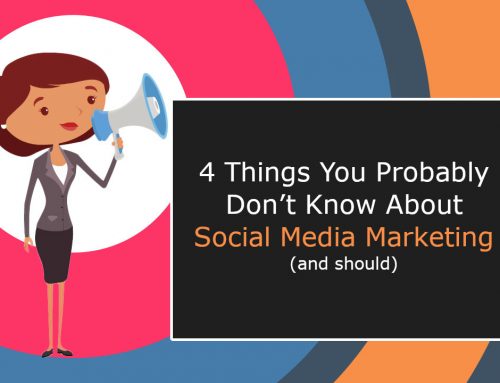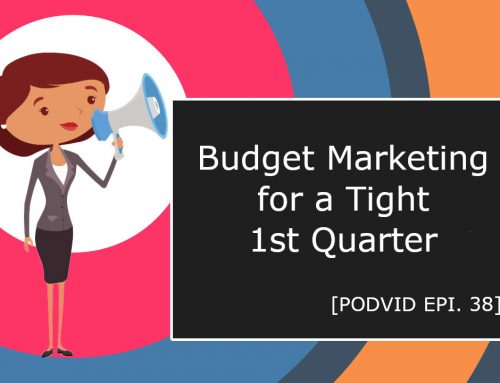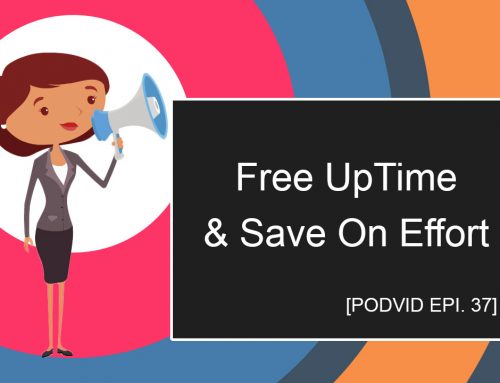This is a huge question whose answer has changed over time. The answer depends on where one chooses to get their information from. Something written in our last article rings true here as well. Sources need to change as times change because success stories will show you how different techniques work and adapt over time.
#Truth2020
2020 stands to be the first year if regulators and world leaders have their way – that people are forced to care again. They’d have to care about others privacy and rights, with respect to both. They’d have to at least marginally care about the environment in order to sustain the future, and be part of the solution.
The Millennials, despite getting a bad reputation are beginning to become the age where they can make lasting change possible as they enter politics and higher paying positions. That change is why marketers are forced to change in answer, as a sign of respect to people who have awoken to a world which needs a bit of care from everyone, and a bit more compassion. Truth and transparency are a great start.
Strategies Must be Adaptive
The ways to reach people have drastically been altered, and safeties have been put in place to protect the public from marketers who may not mean as well as they appear to. Building a list is still incredibly important, but how a business gets those people onto that list is exponentially harder these days thanks to privacy controls and regulations and a lack of trust by the public.
A good strategy has to be able to adapt to the new laws and actually listen to/respect what their public expects and wants from them, which is hard.
Changing Faces
As technology continues to steamroll ahead like a train whose brakes are cut, businesses everywhere scramble to keep up with that breakneck pace. This means having to make lightning-fast decision changes, adaptations and the ability to scrap an entire project and have a plan to restart when rules or laws change.
As these changes began to sweep across the world around a year ago or so now, the faces of those who have just started out and found success have changed as well. People like to stick to what and, more importantly, who they know, as evidenced by the general distaste expressed by the public when a new actor is to play a super-suit of some variety. People expect the actor that defined it for them which differs for everyone.
It’s easier to stick with an old standard, but what it has done has been to mislead a lot of people about how marketing works near the turn of another decade. Perhaps it’s time to update the books.
How Much is TOO Much?
The old standards will tell you up to 6 emails or more is ideal, 4 are ideal to warm up the client or prospect, and two are to give links and alerts, to warn people using fear of loss that they’re about to miss out, to get them to hopefully see the special promotion that took so much work. By the time the prospect gets the email meant to make them click to purchase… most have already marked it as ‘spam’ – especially if they’ve almost certainly not heard of the company prior.
Some of this is common sense. If a company does not know the person they’re aiming their marketing at, a more general and safer stance is usually best – which means not assuming they even want one email from the company, let alone 6 in a week. So 6 is definitely too much.
Ideal Email Number?
4 is the ideal number, with 4 being the upsell if there is one, or a bonus offer – it could even be a re-target if it’s directly related to what the person has just bought, or is hoped to have bought. The third email is meant to be the motivator for movement, and a decent writer should be able to produce this, where the person clicks through to purchase.
One email leads in, introduces you – the product, and your selling point. The second is a reminder, and explains some other selling points, and may link to a FAQ or other helpful link for the curious. The third is meant to sell, and the 4th is the follow-up as the upsell, bonus or if there aren’t any bonus offers, to thank the person for their purchase. Anything over this, these days, is just obnoxious, and unwelcome – stats all over Google prove it.
Respect is a Two-Way Street
Businesses need to respect their clients because the people alive today seem to care about loyalty, and their brands enough to support them through tougher times. This means valuing the private information shared with a company, keeping it safe, secure, and away from those who’d do harm with the information.
It means keeping nothing from the eyes of the public, and always using above-board marketing practices so that a company has fewer reasons to apologize later. Mistakes happen, and the public recognizes this – but they expect a company to have a social media presence, and to be answerable there when things go horribly wrong.
The more respect is shown to the potential customers marketed to, the more a company stands to get in return.






![Do you know BERT? [Google SEO]](https://magiwebsa.com/wp-content/uploads/2019/11/podvid-epi35-cover-500x383.jpg)